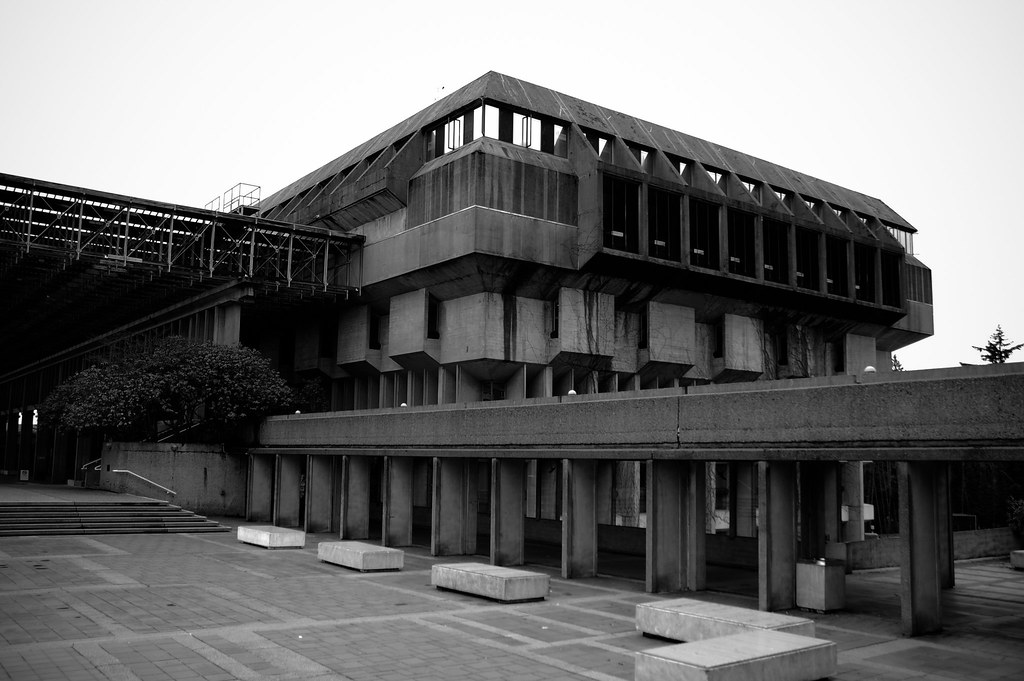The final line of Brady Cobey’s 2024 VistaVision epic “The Brutalist” states, “No matter what the others try and sell you, it is the destination, not the journey.” For a film—an artistic medium that necessitates a journey—to make such a bold claim after subjecting viewers to a three-and-a-half-hour runtime seems illogical. But the journey on display in “The Brutalist” begs the question, what is more impactful: the journey or the destination?
“The Brutalist” follows the life and career of a Hungarian architect named László Tóth, played by Adrien Brody, who escapes the horrors of war-ravaged Central Europe to establish a life in the United States. Before the outbreak of World War II, Tóth was an acclaimed architect celebrated for his use of the brutalist style.
Brutalism is an architectural style known for its minimalism in design, construction materials and color. The style gained popularity in post-war Europe and clashed with the traditional structures of the time period.
However, things change when Tóth meets Harrison Van Buren, a war profiteer played by Guy Pearce, who becomes the benefactor of the struggling architect. Tóth agrees to build a community center for Van Buren and the crux of the film centers around this relationship and ramifications it has on secondary characters.
Van Buren acts as a foil to Tóth; Van Buren wants to be considered an artist and his proximity to Tóth allows him to gain some semblance of intellectual artistry. Tóth has an innate confidence and artistic talent that Van Buren lacks which causes much of the film’s major dramatic moments.
Viewers of “The Brutalist” know that Tóth’s dealings with Van Buren culminate in a particularly hard-to-watch scene that disrupts the completion of the proposed community center and acts as a catalyst towards Tóth’s eventual migration to Jerusalem.
The context of this story is necessary to understand the gravity of that final line, “it is the destination, not the journey,” uttered by Tóth’s niece as she solidifies the meaning of his work in the film’s epilogue. We see Tóth, older and in a wheelchair, unable or unwilling to verbalize the meaning of his work—the community center was meant to reflect and subvert the concentration camp he endured during WWII. Brutalism was an expression of not only Tóth’s trauma, but the best he had to give.
The American Dream is a fallacy: Tóth’s experience more so exemplifies an American myth. So when that final line is uttered in a film about the pressures of the immigrant experience, cultural assimilation and the necessity for capitalistic success, it all makes sense. Why would someone want to remember the pain of poverty and hardship even if it ultimately leads to some semblance of success?
For Tóth, the final destination was art, something that could last. Brutalism was a way of showing the harshness of reality while simultaneously making life’s most difficult moments beautiful and meaningful. The destination provides the meaning for the journey. “The Brutalist” posits that a journey with no destination is like a story with no ending. Sometimes, the destination is enough.



